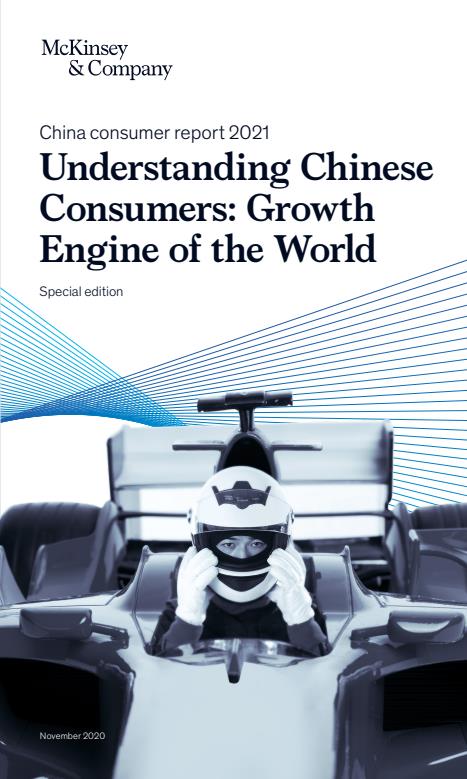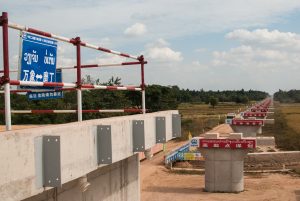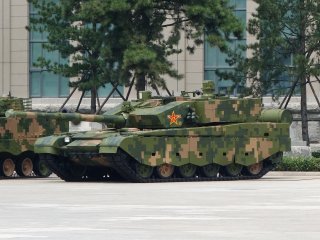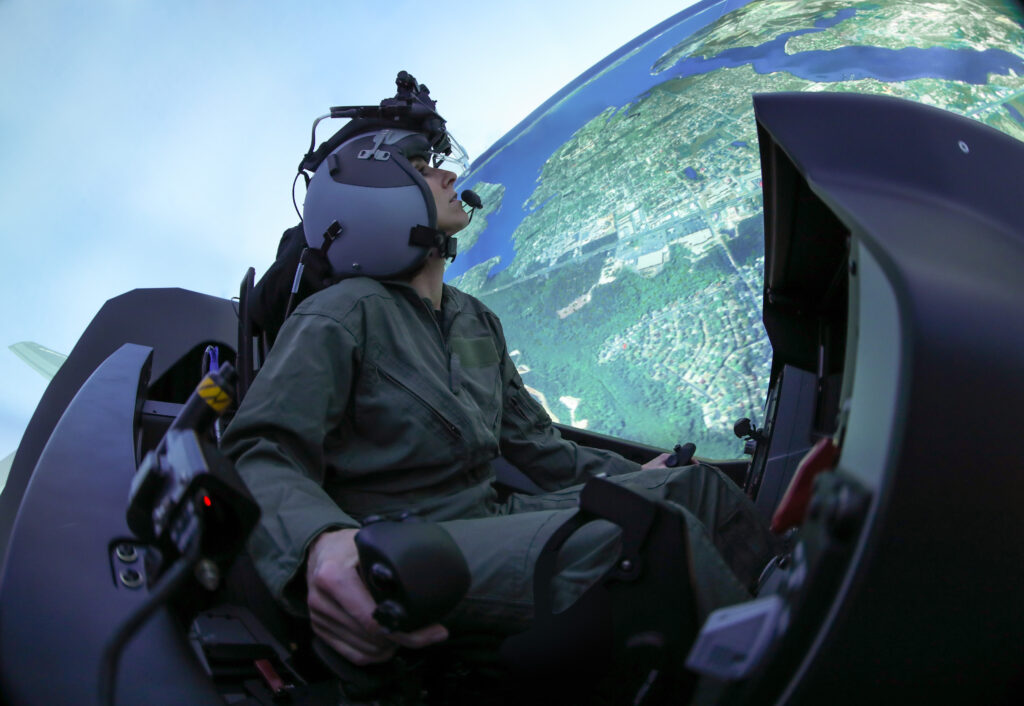The need for peacebuilding in post-conflict societies grew out of the realization that signing agreements to bring fighting to an end is a necessary but insufficient step toward true and enduring peace. Peacebuilding is now conceived of as a multistage process to strengthen the peace accord and begin unifying communities through approaches ranging from governmental capacity-building and economic development to reforms of the legal and security sectors. Each initiative is intended to be a step toward improving human security, and the process often includes a transitional justice mechanism to foster societal healing and reconciliation.
Peacebuilding is often a laborious and expensive process—and one that can easily be undone. Witness Brexit’s triggering of the long-dormant fault lines between unionists and nationalists in Northern Ireland. Moreover, as peacebuilding has evolved, there is still no consensus on who should lead these efforts. In the wake of Sept. 11, the United Nations introduced a Peacebuilding Commission, intended to push for the adoption of post-conflict interventions and then aid and track their implementation. But it lacks enforcement capacity, and key member states can block its activities. Regional bodies, including the European Union and especially the African Union, have shown an interest in prioritizing post-conflict peacebuilding, but their track records are mixed.
Transitional justice initiatives have a similarly rocky history. Designed to help a society document and reckon with a legacy of human rights abuses, they can take several forms, including criminal trials, a truth commission or a reparations program. Where early initiatives, like the post-World War II trials of German and Japanese war criminals, emphasized criminal justice, more recent efforts have expanded to focus on reconciliation, healing and societal transformation. But including discussions of transitional justice mechanisms in peace negotiations can also present stumbling blocks, particularly when people who might be held accountable by such processes must take part in establishing them. There is also the broader problem of sustaining these efforts in the face of the temptation to leave painful experiences in the past.
For both peacebuilding and transitional justice initiatives, funding remains a key challenge—and a frequent excuse to stall efforts. Though the peace agreement that ended South Sudan’s civil war provides for the creation of a Commission for Truth, Healing and Reconciliation, the transitional government has taken no steps to establish it, regularly citing a lack of financing. The question of who should fund reconstruction is another regular obstacle to peacebuilding. In some cases, consensus over the need for stability drives international funding mechanisms for pledging aid—though the COVID-19 pandemic could lead to a shortfall in future pledges. In other cases, such as Syria, reconstruction funding becomes a new arena for contests over influence and power.















/cloudfront-us-east-1.images.arcpublishing.com/mco/YU7KHDITR5HJ7IDCT7ZH5OVLFM.jpg)
